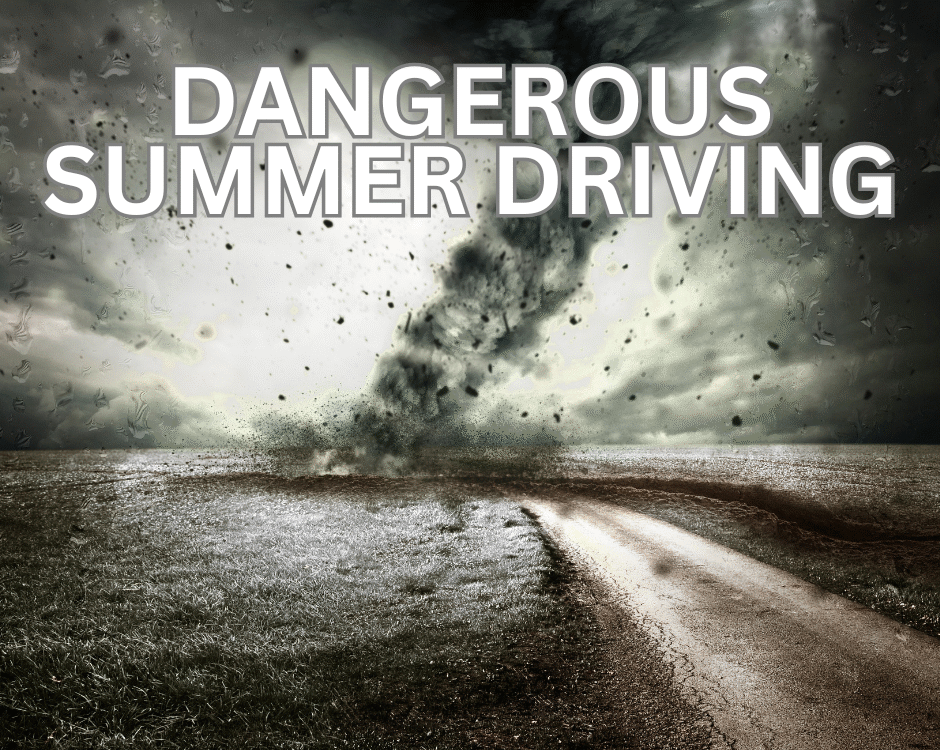Poison Ivy- What is True?

Acetaminophen Toxicity
April 29, 2024
Differences Between Crohn’s, Ulcerative Colitis and IBS
April 29, 2024
Poison Ivy Myths: What You Need to Know
Poison ivy is a common plant that can cause an itchy rash for many people. This was always a summer foe growing up in West Virginia running through the mountains as a kid. I would end up with poison ivy ALL OVER and I looked like a pink Easter Bunny with all the calamine lotion my mom would lather over my arms and face. Still, to this day, I hear my own family say things about poison ivy that are not true, so I am sure a little extra information can always be useful. There are several myths and misconceptions surrounding poison ivy. Dr. Aaron Workman, a patient favorite of one of the highest rated auto injury medical care organizations in Kentucky, explains some of the things we do know about poison ivy.
- Only Leaves of Three Are Poisonous?
While it is true that poison ivy often has leaves in groups of three, this is not always the case. Virginia Tech researchers found that in the poison ivy plant, “The total leaf complexity of poison ivy showed a high degree of variation across its native range of North America.” This was published recently in the journal Plants, People, Planet. The leaves can vary in size and shape, and they may have smooth or serrated edges, 3 leaves, 5 leaves, clusters of green or white berries and hairy vines. It is important to learn to recognize the plant in all its forms to avoid contact.
- Poison Ivy Rash Is Contagious?
Contrary to popular belief, poison ivy rash is not contagious. You cannot spread the rash by scratching or by coming into contact with the fluid from blisters. The rash occurs when the skin comes into contact with urushiol, the oil found in poison ivy, poison oak, and poison sumac. However, if the oil is still on your skin, clothes or under your finger nails it can transfer to others and cause a reaction.
- Only Touching Poison Ivy Causes a Rash?
Poison ivy rash can occur even if you do not directly touch the plant. Urushiol can be transferred to your skin through contact with clothing, pets, gardening tools, or other objects that have come into contact with the plant. Additionally, burning poison ivy can release urushiol into the air, leading to inhalation and skin irritation. Let me give one common example of a pet owner that gets poison ivy, yet he never went outside around the plants. Most likely his dog goes outside, ends up coming into contact with a patch of poison ivy and the oil gets on the dog’s fur. The dog ends up back in the house and lying next to his owner who is now petting the dog and getting the oil on his hands. The oil comes into contact in multiple areas of the owner’s skin and now he has a poison ivy rash.
- You are Immune to Poison Ivy if You Have Not Had a Reaction Before?
While some people may not react to poison ivy on their first exposure, it does not mean they are immune. Sensitivity to urushiol can develop over time, so someone who has not reacted before may still develop a rash with repeated exposure.
- Scratching Helps Relieve the Itch?
Scratching poison ivy blisters can make the rash worse and increase the risk of infection. Instead, it is essential to avoid scratching and keep the affected area clean and dry. Over-the-counter anti-itch creams, or calamine lotion can help ease the itch.
- Home Remedies Are Effective for Treating Poison Ivy Rash?
There are many remedies for poison ivy rash. Some may work and some will not. If someone recommends bleach, gasoline, or rubbing alcohol to be applied to the rash please politely ignore them. Stick to the remedies like oatmeal baths, baking soda paste, or over-the-counter hydrocortisone cream. Soap and water after any suspected contact is the best defense.
- You Cannot Get Poison Ivy in the Winter.
Poison ivy plants may lose their leaves in the winter, but urushiol can still be present on the vines and stems ALL YEAR ROUND. It is essential to be cautious when handling plants, even in the colder months.
Understanding the facts about poison ivy can help you avoid the itchy rash it causes. Remember to learn to recognize the plant in all its forms. If you have children, take them outside to see it firsthand. If you have a smart phone, you can utilize “Google Lens” and search the plant you suspect with your own camera. If you do come into contact with poison ivy, promptly wash the affected area with soap and water to remove the oil. If you end up with a severe or widespread rash see a healthcare provider.
— This article is written by Aaron Workman, DC, one of the members of Chambers Medical Group’s team of car accident chiropractors who offer a variety of treatments and therapies ranging from diagnostic testing to various soft tissue therapies for car accidents and injuries in Kentucky.
- Car Accident Medical Clinic in Tampa
- Car Accident Medical Clinic in Plant City
- Car Accident Medical Clinic in Brandon
- Car Accident Medical Clinic in Lakeland
- Car Accident Medical Clinic in Sarasota
- Car Accident Medical Clinic in Louisville
- Car Accident Medical Clinic in Lexington
- Car Accident Medical Clinic in Florence




